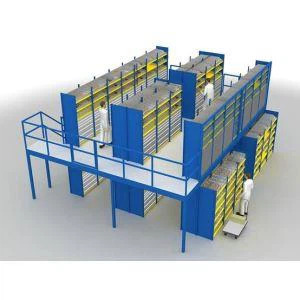Storage Warehouses

The developing business of today is giving great importance to the storage facilities for their stock and other particulars. These facilities require separate commercial buildings called warehouses that support as depots for merchandise or other sectors of manufacturing industry. These warehouses have always been much in demand as they help manufacturers lessening the cost of transporting the goods to different places. Storage houses are generally used by various companies that are involved in large scale business such as exporting, importing, manufacturing, wholesaling, transporting, and other kind of businesses that require large storage facilities. Warehouses also provide you the facility of loading dockyard by loading and unloading the goods using container trucks, cranes, forklifts, and other loading vehicles. Apart from this, loading and unloading are also done at airports, railways and seaports. These storage warehouses are equipped with large refrigerators that help